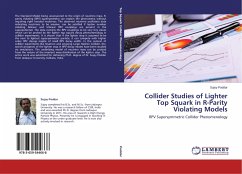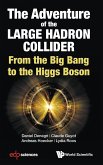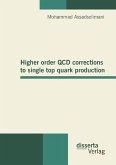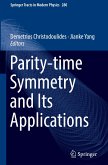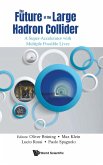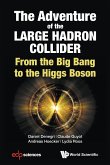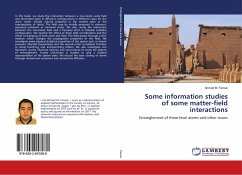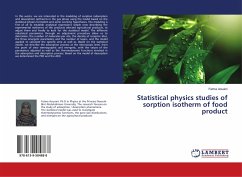The Standard Model being unanswered to the origin of neutrino mass, R-parity violating (RPV) supersymmetry can explain the phenomena without requiring right handed neutrinos. The observed neutrino oscillation data indicating neutrinos to be massive, can be satisfied if lepton number violating bilinear and trilinear RPV couplings are present in the superpotential. The data restricts the RPV couplings to be very tiny values which can be probed by the lighter top squark decay phenomenology in collider experiments. It is shown that if the lighter stop is assumed to be the next to lightest supersymmetric particle, it can compete with higher order RPC decays inspite of small RPV decay width. In the context of collider experiments like Tevatron and ongoing Large Hadron Collider, the search prospects of the lighter stop in RPV decay modes have been studied via simulations. The underlying model of neutrino mass can be probed from the nature of the invariant mass distribution of the lighter stop. The entire work was submitted for obtaining Ph.D. degree of Dr. Sujoy Poddar from Jadavpur University, Kolkata, India.

